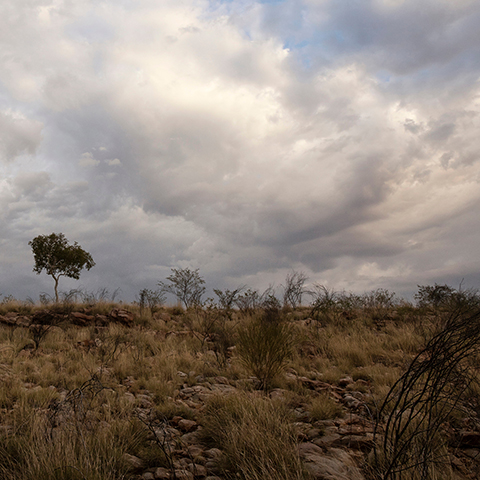
This project was funded by the Australian Government ($84,000). Australian Government funding was provided through the National Water Grid Fund.

This project assessed the salinity risk from irrigated agriculture over Central Plains aquifers in the Western Davenport Region of the Northern Territory.
Project overview
This desktop study assessed the salinity risk from irrigated agriculture over Central Plains aquifers in the Western Davenport Region of the Northern Territory (NT). The assessment focused on the Central Plains region because it has higher yielding and better quality aquifers than the rest of the region. Thus, it provides greater opportunities for new horticulture developments.
The development of irrigated agriculture in desert areas will rely on groundwater. This will lead to higher rates of groundwater recharge. Over time this can also lead to an increase in groundwater salinity.
Goals of the assessment
The project aim was to support the NT Government develop a new Western Davenport Water Allocation Plan. This would be done by adding to the understanding of risks from groundwater extraction. As a result, growing the NT Government’s evidence base for groundwater allocation decisions.
The report looked at 2 scenarios where groundwater is extracted for irrigation and analysed the expected impacts on salinity. The analysis considered:
- soil water content and salinity
- water table depth
- irrigation and drainage rates.
The report also provided a salinity risk rating for the area.
Outcomes of the assessment
The research was done by the National Centre for Groundwater Research and Training, based at Flinders University.
In the 2 scenarios:
- researchers found there would be no salinisation of the underlying groundwater system in the first 2-9 years of irrigation
- over a longer period, 9-35 years, there could be an increase in groundwater salinity if the soil water is saline.
Due to limited knowledge of the soil salinity in the region, the researchers could not further assess the risk of groundwater contamination from salts in the soils.
The researchers recommended further research and monitoring. In particular, greater monitoring of groundwater salinity near existing and future irrigation developments. This would ensure the longevity of the groundwater resource.
About the Western Davenport region
The Western Davenport region is approximately 150 km south of Tennant Creek, NT.
It contains:
- a significant groundwater resource
- good soils
- a suitable climate for potential horticulture development.
Key project benefits
Learn more
• Discover Science at the NWGA.
• Read the full project report at Territory Stories.

